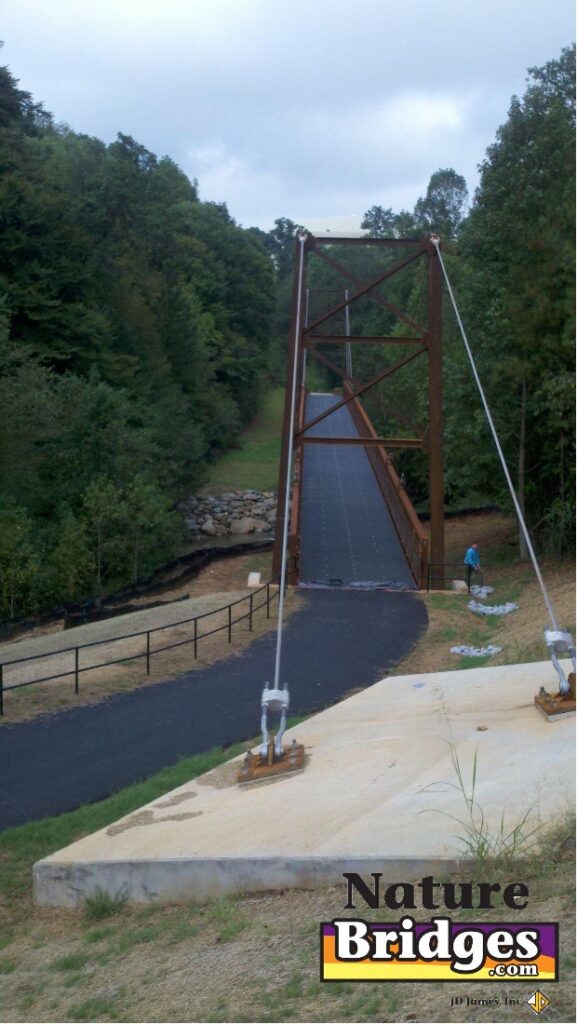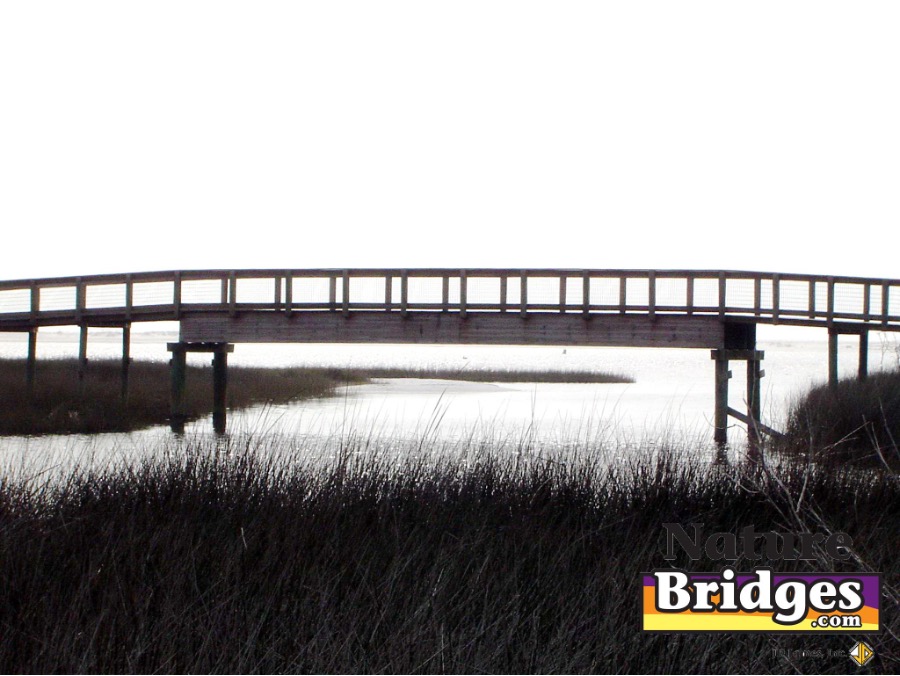
Long-span bridges include a lot of space between their supports, and that allows them to cover wider gaps like deep valleys and very wide rivers. Supports are critical for bridges, so when there isn’t much space to include them, bridge designers and engineers need to spend additional time calculating estimated load and how to includes enough support for the long bridge using minimal space. This advanced structural design, coupled with materials and construction techniques, can help ensure that two distant points are safely connected.
Materials and Forms

Long-span bridges need materials that can hold up to immense forces, but they also need to be lightweight enough so the supports can hold them. Many bridge designers use high-strength steel or reinforced concrete to build these unique bridges. There are other options, like newer carbon fiber polymers. The bridge designer analyzes the properties of many materials for each bridge, measuring the performance and durability to find the perfect material for each bridge.
The bridge architect also needs to consider the structure of the bridge. Different forms include suspension, cable-stayed, and arch bridges. Each of these use different structural techniques to ensure that they are able to withstand loads with fewer supports. Suspension bridges use cables to suspend the bridge deck, or walking area. Cable-stayed bridges include towers to house the cables. Arch bridges hold loads through using an arched deck, which is an older – but still very remarkable – way to ensure durability.
Considerations
There are several challenges to building a long-span bridge. The bridge engineer considers more than just the structure and material. Long bridges need to be able to withstand any wind that causes the bridge to vibrate. Bridge designers need to minimize wind resistance and often conduct tests – usually with computer software – to ensure that the bridge is capable of withstanding the top wind speeds in the location. Terrain also needs to be considered. Soil conditions, water depth, and other factors can affect the type or depth of foundations and supports used in bridge construction. Based on all of these factors, the bridge construction team may need to use deep foundations or even floating foundations to create a long-span bridge.
Bridge designers always need to consider maintenance and longevity of bridge projects, but there are additional challenges when building a long-span bridge. This may involve additional preventative maintenance and regular inspections and repair strategies. Long-span bridges are beautiful and useful, but they are also challenging projects that require an experienced and innovative team. If you need a long-span bridge – or any other type of bridge – for your property, you can trust Nature Bridges to do all the research for you.


P.O. Box 516
Monticello, FL 32345
Phone: (850) 997-8585 Fax: (850) 385-3493
estimating@naturebridges.com